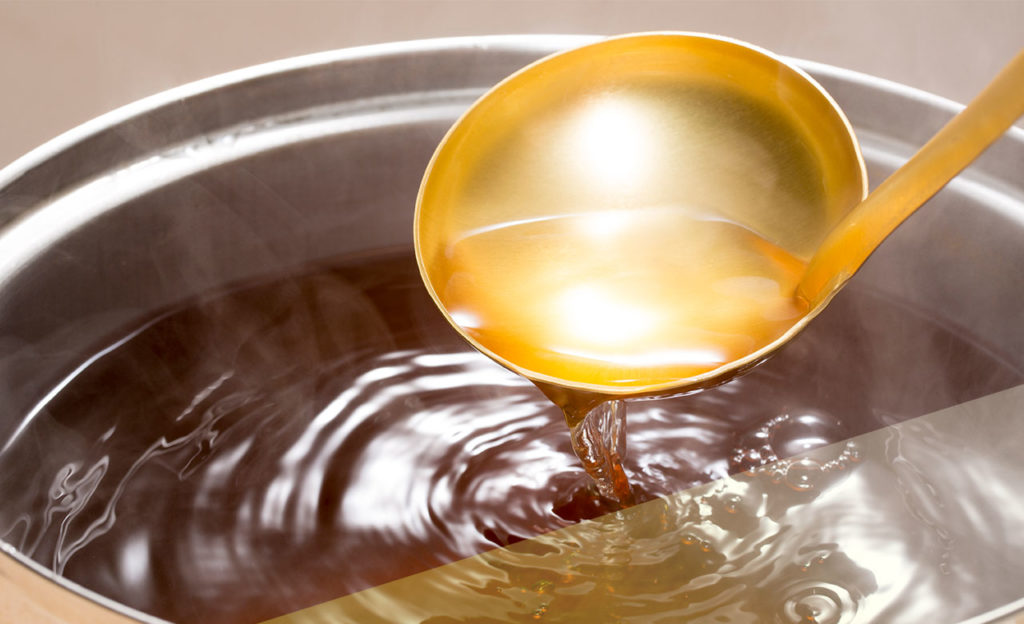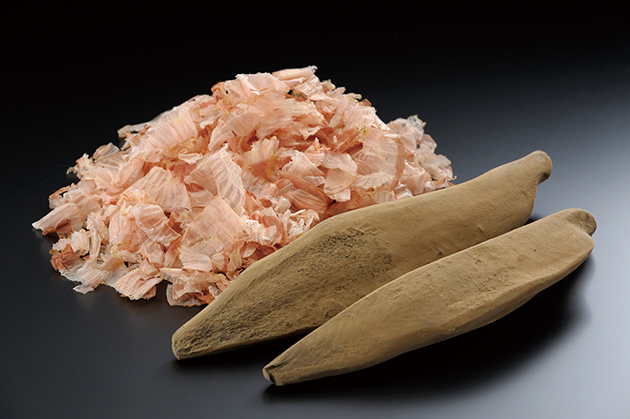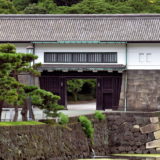What’s Umami?
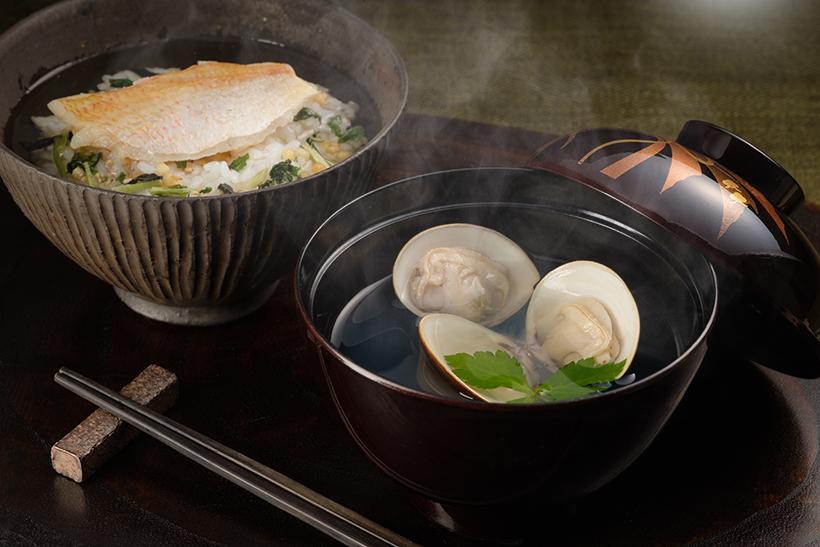
Have you ever tried to miso soup or soup in Japan? Do you feel something delicious other than the taste of salt and miso? That’s because miso soup and osuimono are flavored with bonito flakes and kelp before adding salt and miso.
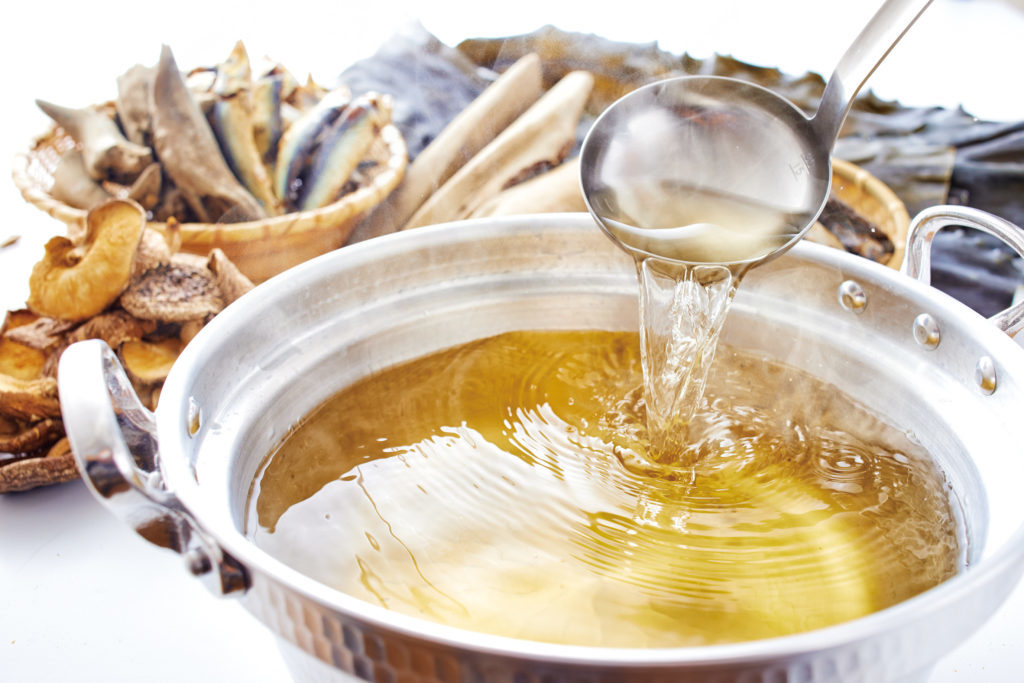
Umami is the source of the deliciousness you felt. Umami is chemically proven. Umami is produced mainly by the amino acids glutamate, aspartate, and other organic acids succinate and their salts, such as inosinic, guanylic, and xanthylic acids.
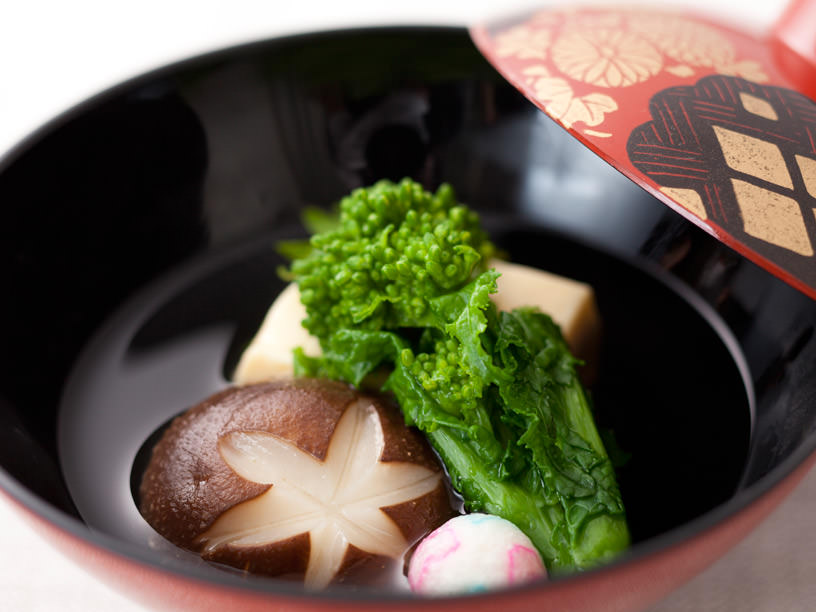
Most Japanese families have bonito in their kitchen shelves. Strictly speaking, each household has “kezuribushi” which is sliced dried bonito or dried bonito flakes to make not only soup stock but also any Japanese deshes. Now, let’s see where and how the node is formed.
History of Dried bonito

Bonitos, which are abundantly caught along the Kuroshio Current in the Pacific coast of the Japanese archipelago, have long been an important source of protein. The Yamato Court (a central organization that played a central role in the formation of Japan in the 4 ~ 7 th century) ordered people to designate bays to catch bonito.
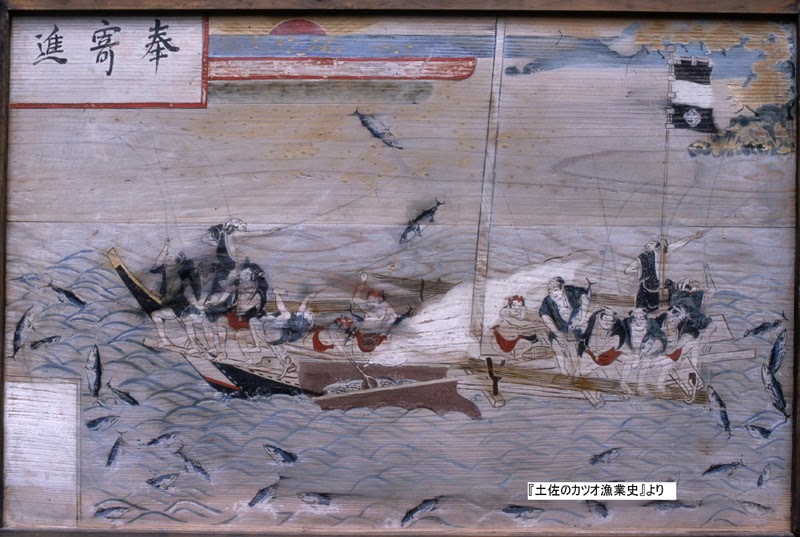
In the Muromachi Period (Approximately 240 years from 1573 to 1336), a technique called “roasting” was introduced to dried bonito or dried small bonito to create “dried bonito flakes”. After that, katsuobushi became widely used by people after the roasting huts in Kishu(Wakayama Prefecture) were improved and katsuobushi began to advance. As stewed dishes and soup dishes became popular among upper-class families in Kyoto, traditional seasonings became insufficient, and dried bonito came to be used as “dashi” to add flavor.
It is said that the bonito fisherman, Jintaro Sumiya and his family introduced the process of bonito flakes to Shimizuura in Tosa Province along with the fishing method of bonito. The Tosa clan (Kochi Prefecture) wanted to use katsuobushi as a trade product of the clan, and actively adopted the production method of bonito flakes. Jintaro is also the founder of the (smoke drying)
How to made Dried bonito
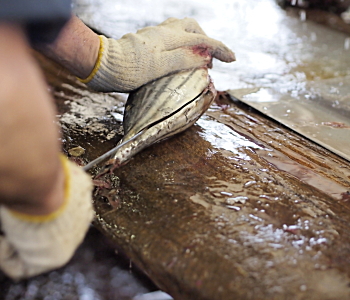
This is how raw bonito becomes dried bonito.
1.Raw cut = Dismantling and cutting
2.Nijuku (SHAJUKU) = boil
3. Baisen (BAIKAN (SQUEEZE)) = Ibusu
4.repair and reshaping
5.Sun-dried fish (NIKKAN (SMILE))
6.mold
(In addition to the above, there are many detailed work processes.)
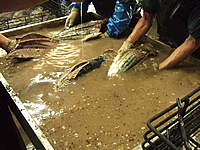
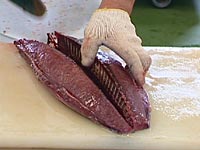
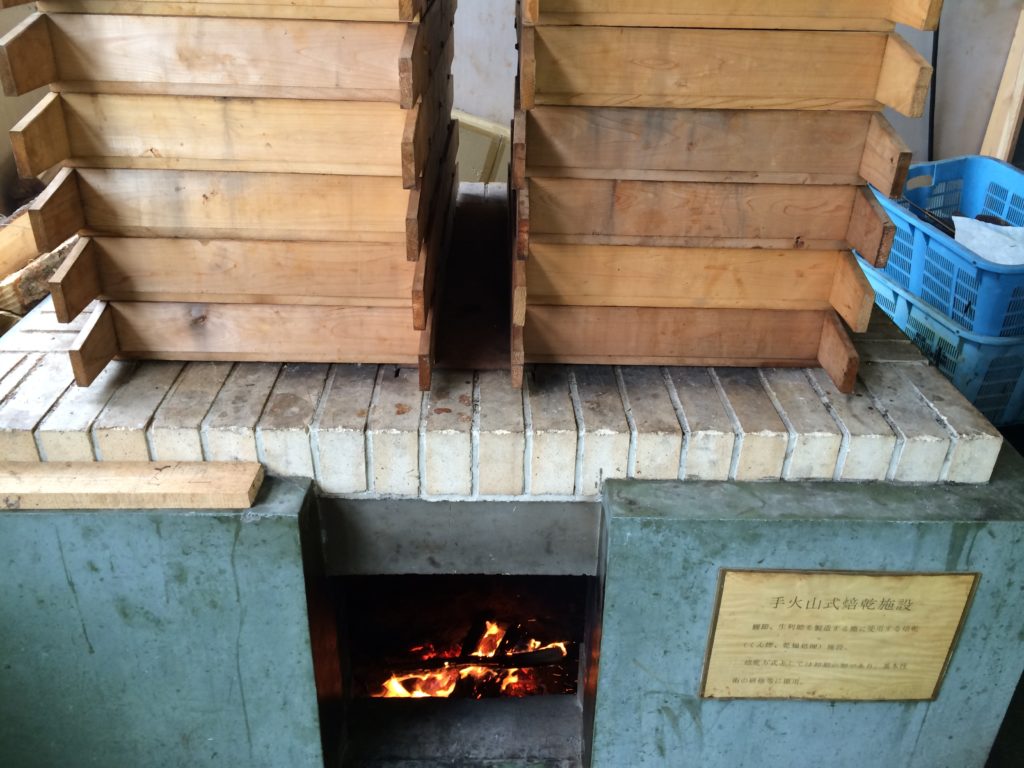
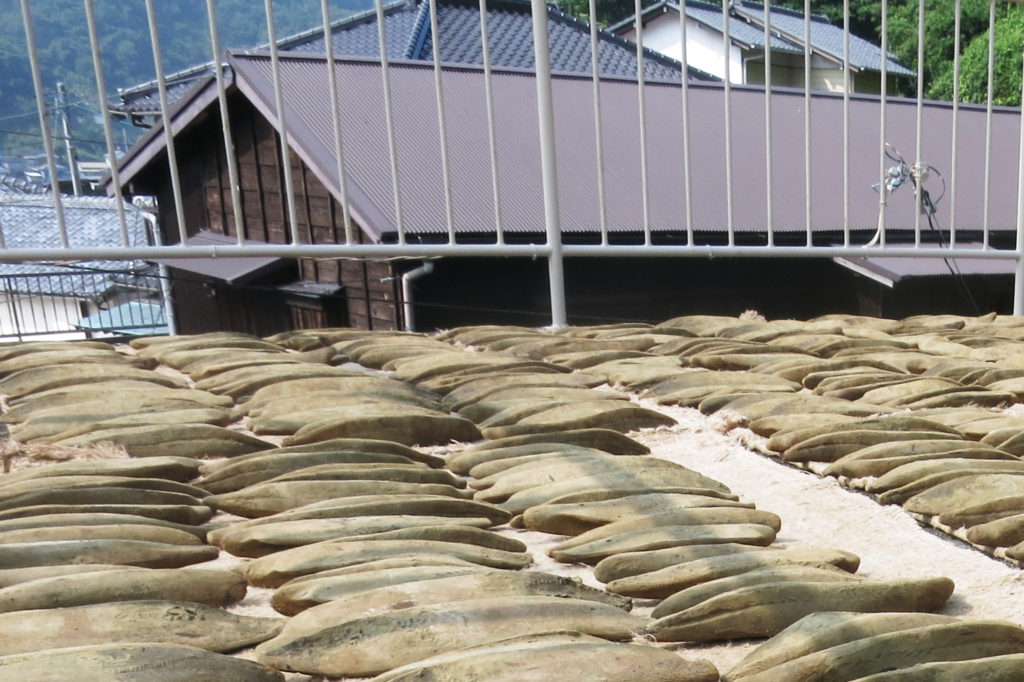
You call the bonito which was made until the process of smoking “arabushi”.
The katsuobushi that is moldy (aging) after that is called “karebushi”.
The one which is sun-dried and moldy more than 3 ~ 4 times is called “hon-karebushi”. It takes about 6 months to become Honkarebushi. They are then allowed to age for another year or two.


Sliced Dried bonito
There are several ways to shave dried bonito.
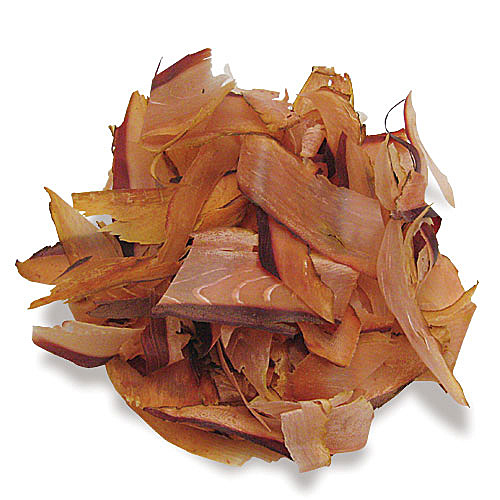
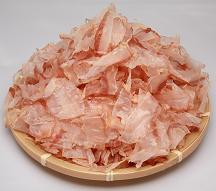
Thick Sliced
It’s the one to make the dashi or soup stock, so the rich aroma of the sliced bonito tends to be gone, but the rich strong taste soup stock can be made.
Thin Sliced
This is thinly sliced dried bonito. It is easy for to extract the flavor and umami, so you need only a short time to made soup stock. Because the aroma easily disappears, you can use it as soon as you shave it.
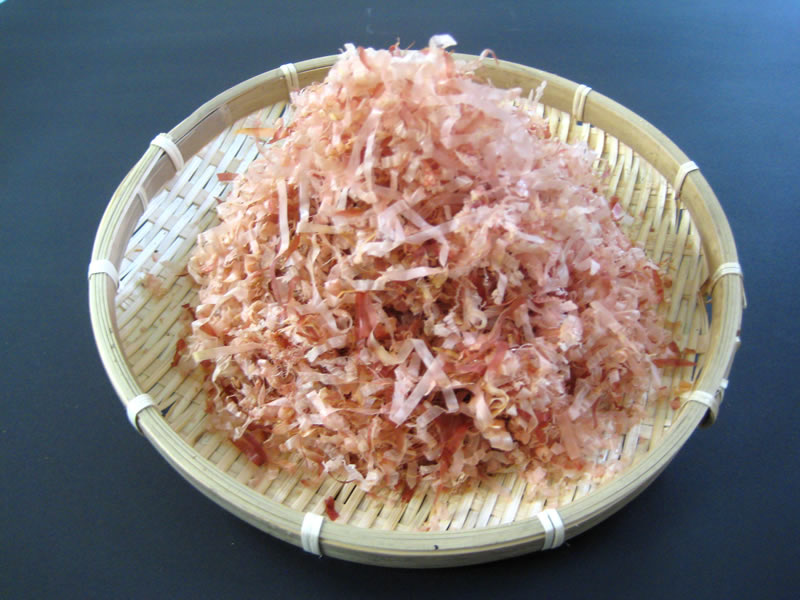

Thread Sliced
It is easy to use for toppings such as okonomiyaki.
Powdered
Unlike the thick-shavings and thinly-shavings, you can use it as it is without taking it out.
All you have to do is just to go to the nearest supermarket to buy dried bonito sliced into some types above.

How to slice Dried bonito
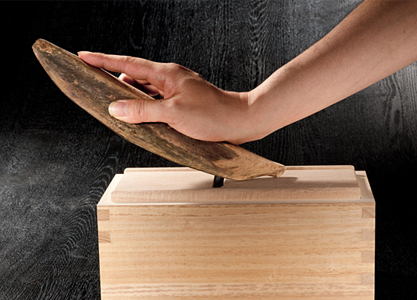
First, wipe off the mold on the surface of the dried bonito with a dry cloth or paper towel.
Next, adjust the blade. If you tap the upper part, the blade will retract, and if you tap the lower part, the blade will come out. When you touch the blade with your fingertips, it es a good position if you feel like it is 1 sheet of paper.
If you shave it onversely, it will become powder. Turn the edge of the sharpener towards you, turn the tail of the dried bonito to the tip, and cut from the head. The best angle of the plane and dried bonito should be 40 ~ 45 degrees. If you continue to shave it, the surface will become flatter and bigger, and the long.
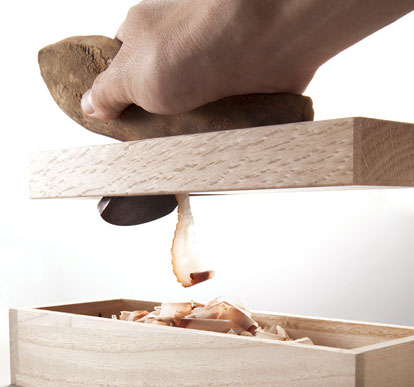
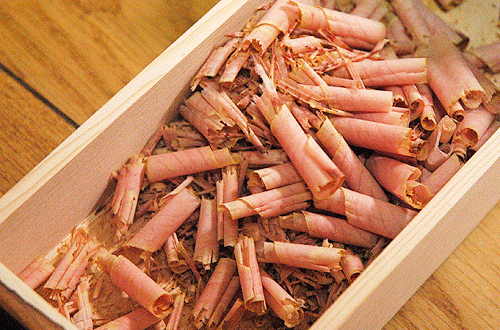
How to made soup stock with dried bonito?
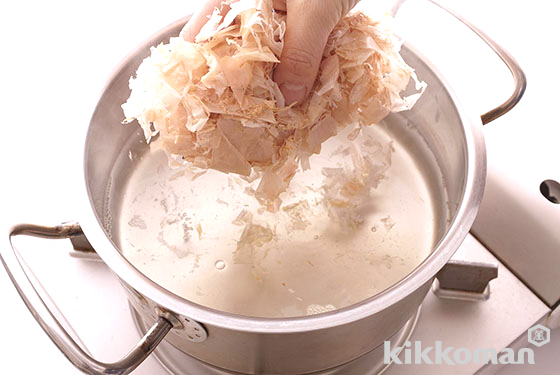
1.Put water in a pot and bring to a boil.
2.When it comes to a boil, turn off the heat and add the bonito flakes.
3.Leave the bonito flakes to soak in the bottom of the pot for 1-2 minutes.
4.Strain gently in a colander lined with a cloth. This completes the dashi stock granules.

